Wading birds feeling the strain on Scotland’s estuaries
01 Jul 2014 | No. 2014-43
Multitudes of wintering birds on an estuary form one of the most magical wildlife spectacles each winter in the UK, but this scene is changing. Latest data collected by thousands of Wetland Bird Survey (WeBS) volunteers show that populations of the UK’s most familiar coastal waders have declined markedly in the last ten years. Dunlin (-52%), Redshank (-40%), Ringed Plover (-38%), Oystercatcher (-34%) and Curlew (-23%) are among the eight most abundant waders on Scottish estuaries in winter, yet the populations of all of them are declining.
Eight waders with falling winter populations in the UK (with trends in Scotland for comparison):
| Species | 10-year trend (2001/02-2011/12) (% change) for UK |
10-year trend (2001/02-2011/12) (% change) for sites in Scotland |
|---|---|---|
| Knot Bar-tailed Godwit Oystercatcher Curlew Grey Plover Dunlin Redshank Ringed Plover |
-7 -10 -15 -17 -21 -23 -26 -39 |
-11 -23 -34 -23 -32 -52 -40 -38 |
Millions of waterbirds overwinter on the UK’s wetlands, many of which use estuaries to take advantage of the rich food supplies they provide. Many of these sites are Ramsar Sites and are legally protected, and WeBS volunteers help undertake a ‘bird health check’ of these and many other sites by counting these internationally important concentrations of wintering waders, ducks, geese, swans and other waterbirds.
The annual WeBS report, now published in conjunction with an online interactive interface, makes this information available to anyone with an interest in birds and the environment. The new report, covering the period up to June 2013, highlights worrying trends shown by the eight most abundant waders on UK estuaries, particularly in the most recent ten year period. Precise reasons why these bird populations are changing are not fully understood, but are likely to be due to a combination of factors. Firstly, research that analysed waterbird counts from across northwest Europe showed that distributions of wintering waterbirds have shifted in recent decades in response to milder winter temperatures. Secondly, winter population declines noted in the UK may be evidence that fewer young waders are being produced in the Arctic – improved information is therefore needed on productivity of waders in breeding areas.
Chas Holt, WeBS Coordinator at BTO, said: “In 2012/13, WeBS volunteers made over 34,000 visits to wetland sites to count waterbirds. This is a superb effort and has provided the vital information to show that our internationally important wintering waterbird populations are declining. Research and close collaboration with international counterparts is necessary to understand the reasons why.”
Deborah Procter, Senior Monitoring Ecologist at JNCC said: "Wetland Bird Survey data are used in a wide range of UK conservation activities and contribute to international conservation assessments which help fulfill UK requirements under several international conservation treaties. WeBS trend data were used last year to enable us to report UK implementation of the Birds Directive. Understanding what drives the population changes shown by examination of WeBS data is an on-going challenge."
Richard Hearn, Head of Species Monitoring at WWT added: “The declines in waders and other wintering waterbirds in the UK over the past decade or more, as revealed by WeBS, are indicative of wider concerns about the state of our environment. They demonstrate the unprecedented period of change that these waterbirds are undergoing, and highlight the need for a step change in conservation action if we are to avert continued biodiversity loss.”
Simon Cohen, Scottish Natural Heritage ornithologist, said: “It’s thanks to the hard work of the WeBS volunteers that this vital information on waterbird populations in Scotland has been gathered. Now, we need to understand the reasons why waders are declining in Scotland in the winter months. Although many of the factors affecting waterbirds occur outside Scotland’s borders, we will try and address, with our partners, those that are happening here.”
Notes for Editors
- The Wetland Bird Survey (WeBS) - a partnership between BTO, JNCC and RSPB, in association with WWT - monitors birds at wetlands across the UK, using data collected since the 1960s. Over 2,000 sites, from small ponds to large estuaries, are visited by nearly 3,000 WeBS volunteers. For more information about WeBS see www.bto.org/webs
- Detailed data for sites and species are available through an interactive web portal launched by WeBS: www.bto.org/webs-reporting
- The trend values presented here refer to the 10 year period 2001/02 to 2011/12. It is customary to calculate waterbird population trends to an end-point of one year prior to the most recently available data.
- Approximately 15 species of wader use the UK’s estuaries in internationally important numbers each winter (i.e. at least one estuary supports >1% of the total international population). UK estuaries are also of international importance for many wildfowl (ducks, geese and swans), and more wader species are present in smaller numbers either during winter or on passage in spring and autumn. The most abundant waders that depend on estuaries in Britain during winter are Dunlin (estimated 350,000 birds), Oystercatcher (estimated 320,000) and Knot (estimated 320,000).
(Numbers from Musgrove et al. (2011) British Birds 104:364-397).
- The BTO is the UK's leading bird research charity. A growing membership and up to 60,000 volunteer birdwatchers contribute to the BTO's surveys, collecting information that underpins conservation action in the UK. The BTO maintains a staff of 100 at its offices in Thetford, Stirling, Bangor (Wales) and Bangor (Northern Ireland), who analyse and publicise the results of surveys and projects. The BTO's work is funded by BTO supporters, government, trusts, industry and conservation organisations. www.bto.org
Contact Details
Chas Holt
(BTO WeBS Coordinator)
Office: 01842 768223
(9am to 5.30pm)
Email: webs [at] bto.org
Paul Stancliffe
(BTO Media Manager)
Office: 01842 768225
(9am to 5.30pm)
Mobile: 07585 440910 (anytime)
Email: press [at] bto.org
Images are available for use alongside this News Release.
Please contact images [at] bto.org quoting reference 2014-43
The BTO has an ISDN line available for radio interviews.
Please contact us to book an interview
Office: 01842 750050
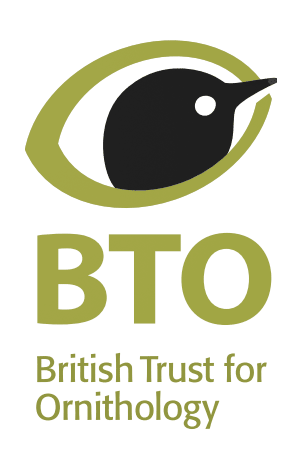
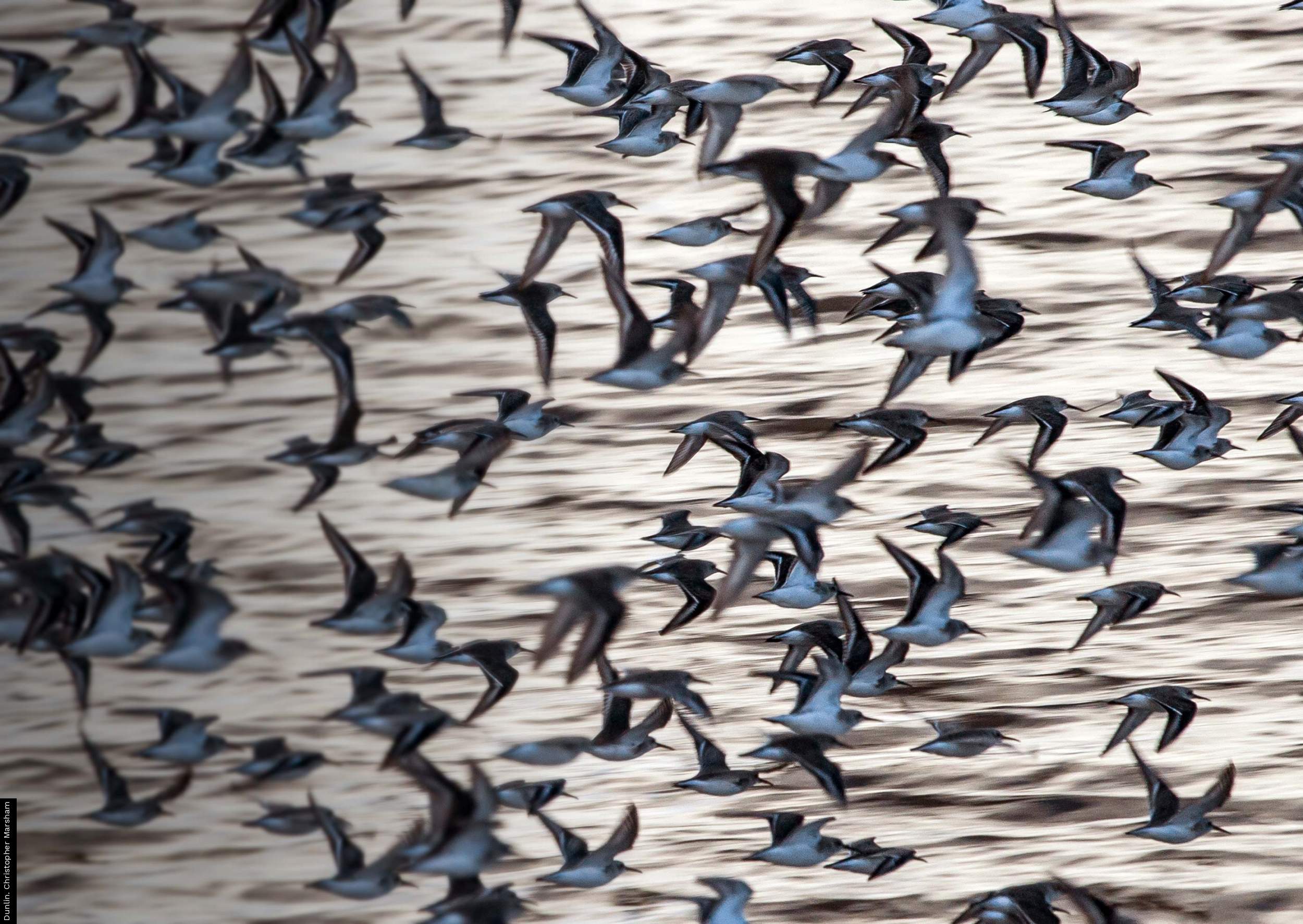
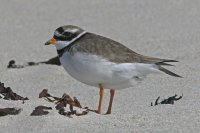
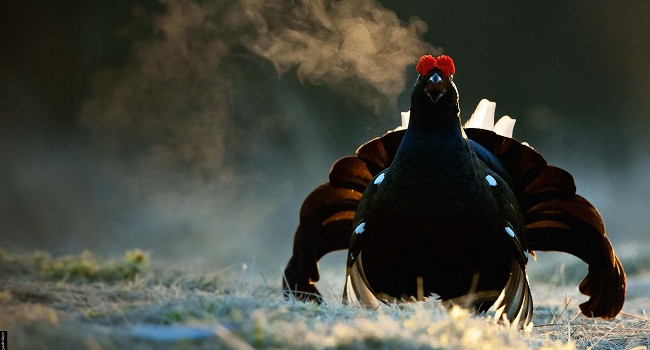
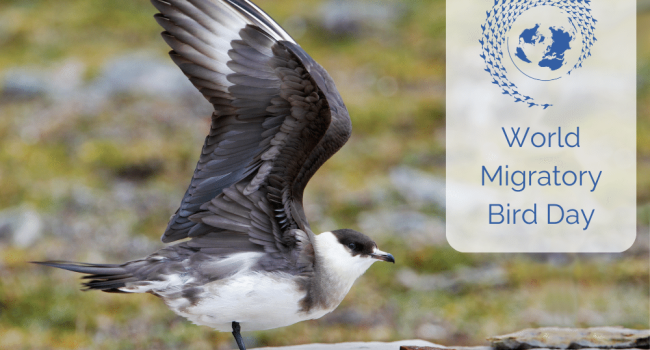
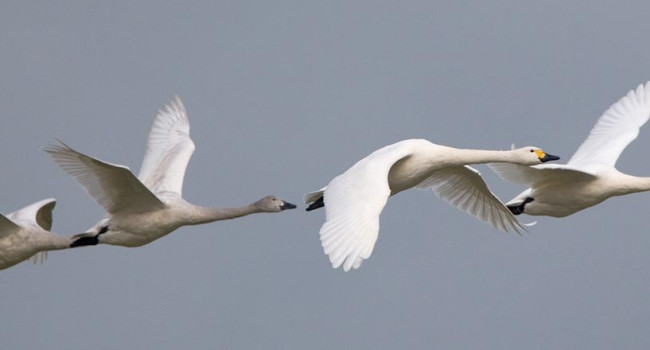

Share this page